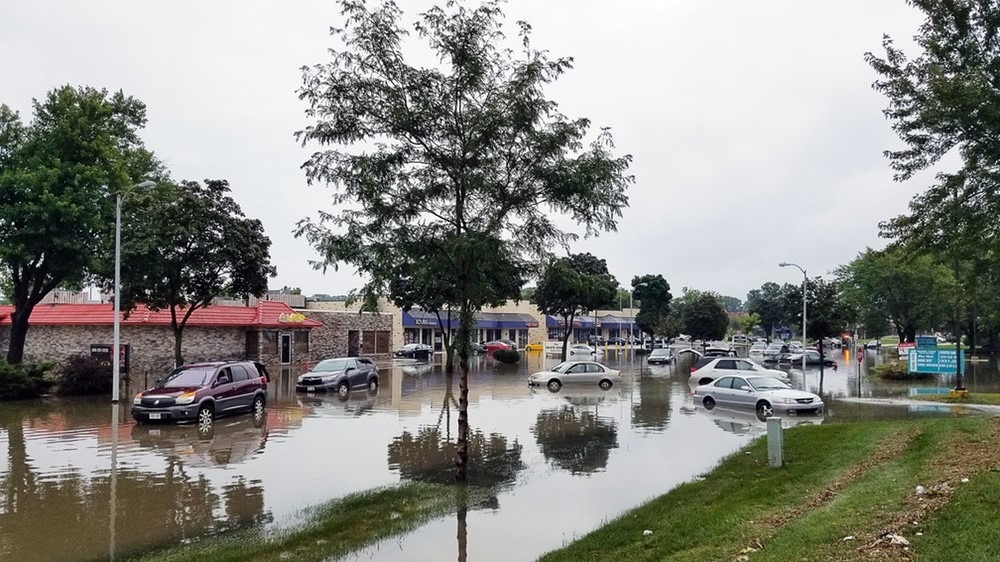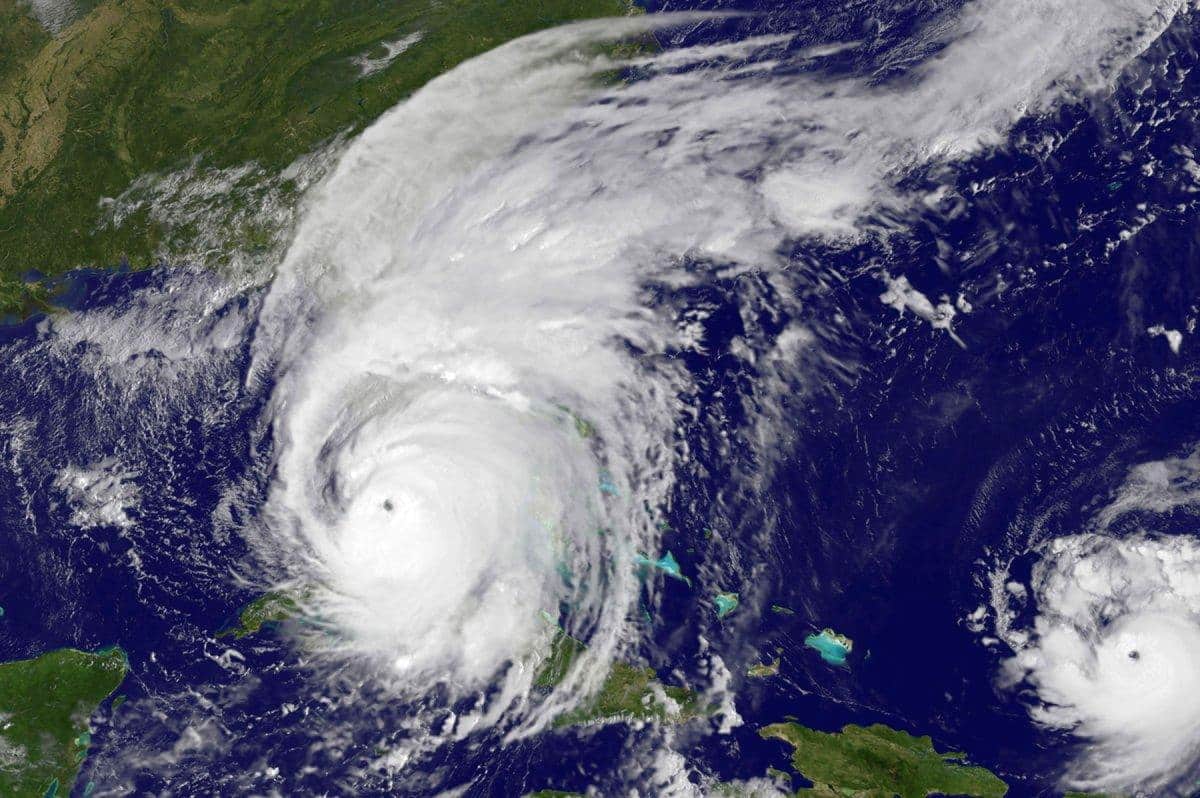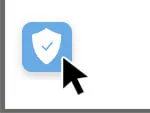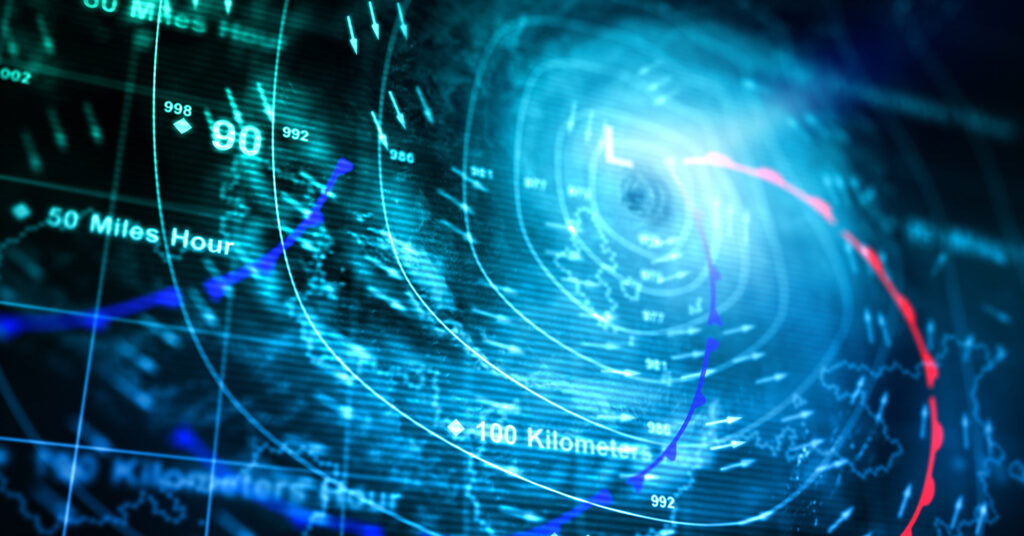
Understand Hurricane Categories to Shore up Your Business
Understanding the five hurricane categories and their impacts can help you prepare your business for storms of any size.
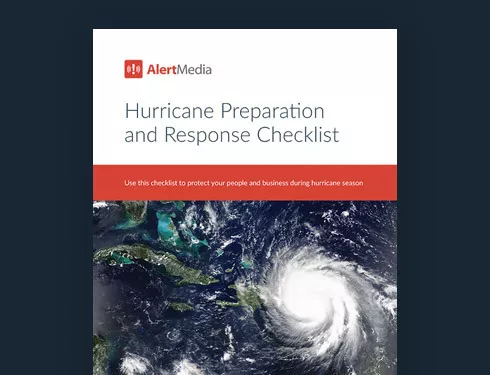
Once again, the Atlantic hurricane season forecast is looking above-average. Colorado State University released its first outlook for the 2025 season, predicting 17 named storms, nine hurricanes, and four major hurricanes. Above-normal ocean temperatures and the lack of Pacific El Niño conditions show signs of a highly active—borderline hyperactive—season. And now is the time to get ready.
The first line of defense in protecting your people and assets is a preparedness plan that considers the five tiers of tropical cyclones and hurricane strength. But first, a quick history lesson:
In the 1970s, Miami engineer Herbert Saffir teamed up with Robert Simpson, the director of the National Hurricane Center (NHC). Their mission is to develop a simple scale to measure hurricane intensity and the potential damage storms of varying strength could cause to residential and business structures.
The result is the Saffir-Simpson Hurricane Wind Scale, which assigns a category level to storms based on sustained wind speeds. The Saffir-Simpson scale ranks every hurricane from 1 to 5, with Category 5 being the most intense—a storm of this magnitude will leave behind catastrophic damage in its wake.

Categories of Hurricanes Chart
| Minimal Damage | Moderate Damage | Extensive Damage | Extreme Damage | Catastrophic Damage | |
| Category 1 | Winds: 119–153 kph 74–95 mph Storm surge: 4–5 ft | ||||
| Category 2 | Winds: 154–177 kph 96–110 mph Storm surge: 6–8 ft | ||||
| Category 3 | Winds: 178–208 kph 111–129 mph Storm surge: 9–12 ft | ||||
| Category 4 | Winds: 209–251 kph 130–251 mph Storm surge: 13–18 ft | ||||
| Category 5 | Winds: 252+ kph 157+ mph Storm surge: 19+ ft |
But what impact can a business expect from a Category 2 storm versus a Category 4? And how should management adjust messaging to employees based on the severity of any given hurricane? Understanding a storm’s cat hurricane scale intensity is crucial to safeguarding your business and providing your people with relevant hurricane communications and potentially lifesaving information. Here’s what you need to know.
Download Our Hurricane Preparation and Response Checklist
What Damage Do Hurricanes Cause?
The effects of a hurricane on commercial and residential properties can include:
- Structural damage like lost shingles; roofing, gutters, and siding damage; shattered windows; and even building destruction due to wind, storm surge, flooding, and debris
- Operational disruptions like power outages, closed roadways, and communication issues
- Financial loss as a result of extended interruptions to business continuity
- Injury or loss of life
Hurricane Categories and Potential Damage

Hurricanes—and the intense tropical storms leading up to them—are divided into categories based on their sustained wind speeds—using the Saffir-Simpson hurricane scale—and the potential property damage each category can unleash. These classifications serve as a guide to help businesses brace for impact in the event of a storm.
Since each hurricane category poses different levels of potential damage, specific messaging is required in each case to prepare your employees. A mass notification system can help you effectively reach your entire workforce with relevant, timely messaging. We’ve included recommendations for how to inform your teams in the event of each hurricane category.
Tropical depression and tropical storm events
Before a storm officially becomes a hurricane, it starts as a tropical depression in the Atlantic Ocean, the tropics, or the subtropics. A tropical depression can quickly morph into a tropical storm with a closed circulation and heavy rains that swirl in bands.
Minor damage, but extreme flooding can occur
While the damage from a tropical storm is typically minor, it is still necessary to exercise caution. If a tropical storm moves slowly over heavily populated zones like business or residential areas for an extended period, heavy rainfall and flooding can quickly lead to significant damage and loss of life.
This scenario occurred when Tropical Storm Allison hovered over southeast Texas in June 2001. The storm stalled over Houston, dumping torrential rainfall and ultimately causing more than $8.5 billion in damage. While not as fierce as a hurricane, every tropical storm should be considered a potential crisis capable of considerable damage.
Tropical depression/storm emergency communications
Proactively warn employees about an incoming tropical storm to raise awareness and warn against possible flooding and office closures.
Category 1 hurricane
 If a tropical storm intensifies, it can reach wind gusts that amount to an official hurricane classification. With a Category 1 hurricane, winds will reach 74–95 MPH, and storm surge can reach up to 5 feet.
If a tropical storm intensifies, it can reach wind gusts that amount to an official hurricane classification. With a Category 1 hurricane, winds will reach 74–95 MPH, and storm surge can reach up to 5 feet.
Some damage will occur
Although Category 1 is the weakest level hurricane, it can still wreak havoc on any area in its path. Even well-constructed frame homes and buildings could suffer roof and structural damage. Tree branches are likely to snap, and shallow-rooted trees could be uprooted. Businesses can expect power outages due to downed power lines and wind damage to poles.
Category 1 hurricane emergency communications
Warn your people about the incoming hurricane to raise awareness. Let them know of possible office closures and follow up with a status check-in to ensure safety or additional needs.
Category 2 hurricane
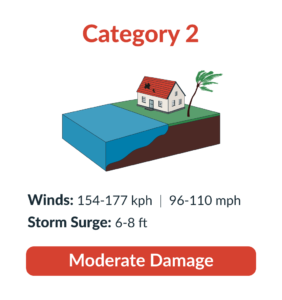 Anyone in the path of a Category 2 storm can expect strong winds reaching 110 MPH and a storm surge of up to 8 feet.
Anyone in the path of a Category 2 storm can expect strong winds reaching 110 MPH and a storm surge of up to 8 feet.
Moderate-to-extensive damage will occur
These intensifying storms can cause a significant hit to business continuity. Major roofing material damage or even roof failure is a possibility. Because of fallen trees and debris, road closures may hinder employees and first responders from navigating roadways. Near-total power loss can be expected, often lasting several days to weeks.
This hurricane level is also life-threatening due to potential flooding, storm surge if your business is coastal, and flying debris.
Category 2 hurricane emergency communications
Make your people aware of impending danger and instructions to stay indoors or evacuate (based on guidance from weather specialists).
Category 3 hurricane
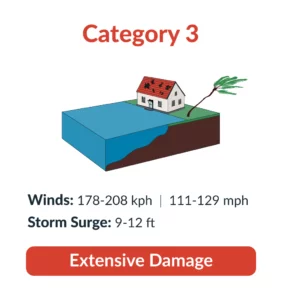 A Category 3 storm is considered a major hurricane that will result in significant damage. Hazardous winds will reach up to 130 MPH, and a storm surge can hit 12 feet. Tornadoes can also occur as the storm moves inland.
A Category 3 storm is considered a major hurricane that will result in significant damage. Hazardous winds will reach up to 130 MPH, and a storm surge can hit 12 feet. Tornadoes can also occur as the storm moves inland.
Devastating damage will occur
If you’re in the path of a Category 3 hurricane, you will see extensive and potentially deadly damage. This storm level will uproot trees, destroy roofs, devastate mobile homes, and render large areas without power for days to weeks.
Hurricane Sandy was a Category 3 at its peak. It ended up taking the lives of 233 people across the Caribbean, the United States, and Canada. The storm caused $68.7 billion in damage — the second-costliest hurricane to hit the U.S. at the time.
Category 3 hurricane emergency communications
Alert your employees early. Outline the advice of weather specialists (likely instructions to either evacuate or stay indoors), as well as advice to stock up on water and supplies necessary to cope without power for an extended period.
Category 4 hurricane
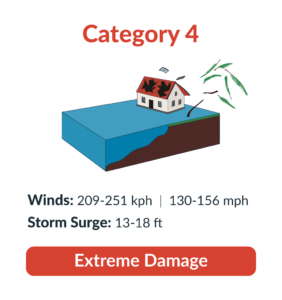 Category 4 hurricanes are mega-storms with extremely dangerous winds up to 155 MPF and storm surge reaching 18 feet. They are deadly, costly, and will wreak havoc on any region they move through.
Category 4 hurricanes are mega-storms with extremely dangerous winds up to 155 MPF and storm surge reaching 18 feet. They are deadly, costly, and will wreak havoc on any region they move through.
Catastrophic damage will occur
Category 4 hurricanes can dislodge entire roofs, topple structure’s walls, cause catastrophic flooding, and result in widespread power outages that can last months.
Impacted regions could see a massive evacuation of residential areas and potentially be uninhabitable for the foreseeable future. Hurricane Harvey was a Category 4 storm when it first made landfall on San José Island, Texas, in 2017. Although the storm had weakened by the time it hit Houston, it stalled over the heavily populated metro area for two days, producing severe flooding. It ended up causing $125 billion in damage, tying Hurricane Katrina as the costliest hurricane on record. Hurricane Ian made landfall in Southwest Florida as a Category 4 storm in 2022. It caused an estimated $113 billion in total U.S. damage and is the costliest storm in Florida’s history.
Category 4 hurricane emergency communications
Act fast. If any of your employees are in the path of a Category 4 hurricane, their safety should be your immediate priority. Inform your people in the event of an evacuation, which could be mandatory depending on how vulnerable the area is.
Use a central hub or event page (suitable for any hurricane level), which an emergency notification solution should provide. These pages serve as a valuable resource during an unfolding event where a business can post disaster updates, upload videos/photos, and communicate a recovery plan.
Category 5 hurricane
 If a business or residence is in the path of a Category 5 hurricane, a mandatory evacuation will likely be issued. Category 5 is the highest level at which a hurricane can be ranked, and it can destroy homes and even well-built industrial buildings on its path.
If a business or residence is in the path of a Category 5 hurricane, a mandatory evacuation will likely be issued. Category 5 is the highest level at which a hurricane can be ranked, and it can destroy homes and even well-built industrial buildings on its path.
Catastrophic damage will occur
Coastal regions, especially those at sea level, will see complete building failures, with most structures essentially leveled or damaged beyond repair. Due to extreme maximum wind speeds, storm surge, catastrophic flooding, flying debris, and structural failure, loss of life will likely be significant and far-reaching.
Hurricane Andrew devastated South Florida in late August 1992 and made landfall as a Category 5 storm. Andrew ended up leaving an estimated 250,000 people homeless and caused a total of $27.4 billion in damage.
While preparation is critical for all hurricanes, The Occupational Safety and Health Administration (OSHA) recommends the following for a storm of this magnitude:
- Build a disaster supply kit: Prepare to be cut off from resources for an extended period of time.
- Develop an emergency response plan: These “protective actions for life safety” include running drills, mapping out evacuation routes, and conducting risk assessments.
- Invest in a reliable emergency notification system: The Department of Homeland Security reminds people that prompt notification can save lives.
Category 5 hurricane emergency communications
Be explicit. Inform staff to begin evacuation planning immediately. Brace for an extended office closure and major operational disruptions. Protecting your people is imperative for your organization to fulfill its duty of care.
Having a reliable, two-way emergency communication system in place will allow you to monitor your employees before, during, and after the storm.
A central hub or “Event Page” is crucial to keeping your people safe and providing peace of mind throughout any critical event. Recovery will likely be lengthy and costly. But the more prepared everyone is, the smoother the process will be.
Stay Safe During a Hurricane With Effective Communication
Whether your business is in the path of a small tropical storm, typhoon, or a Category 5 hurricane, you need a quick and easy way to keep your people safe, informed, and connected.
You also need a way to monitor approaching storms as they evolve. Hurricane categories are not static predictions, and climate change will continue to increase the frequency and severity of these storms. Forecasters and meteorologists do their best to predict how storms will progress, but a storm’s outlook can change in hours. Using a threat monitoring system will ensure that you stay on top of any new developments in approaching storms as they occur.
AlertMedia is the leader in emergency mass notifications and local threat monitoring. AlertMedia combines up-to-the-minute threat monitoring with two-way messaging, an intuitive user interface, and 24/7 customer support—so you can rest easy knowing you’re prepared if a storm is approaching.
As a hurricane approaches, you won’t have a minute to spare. Pre-set messaging will alleviate stress and ultimately help protect your people. AlertMedia’s hurricane templates provide businesses with effective messaging across devices and through all phases of a storm.

